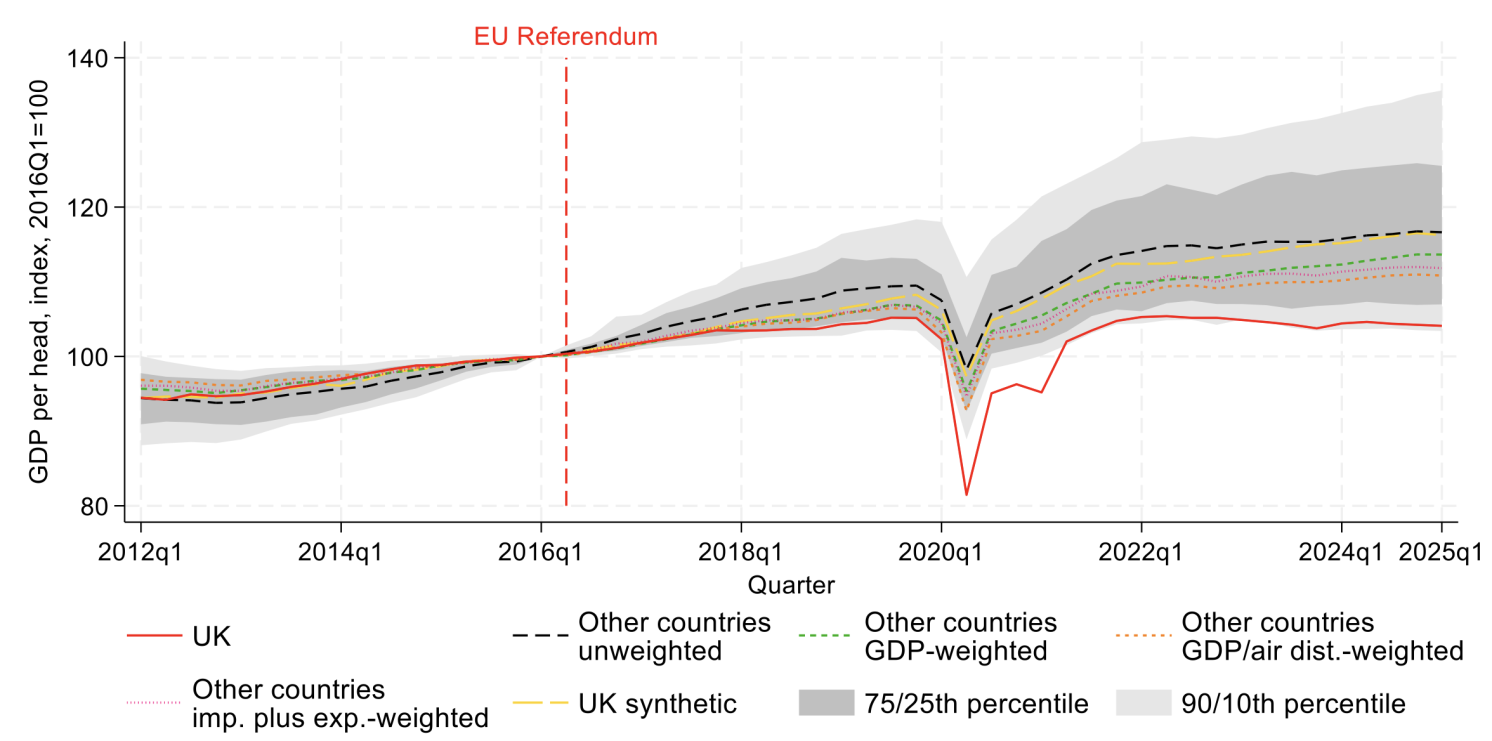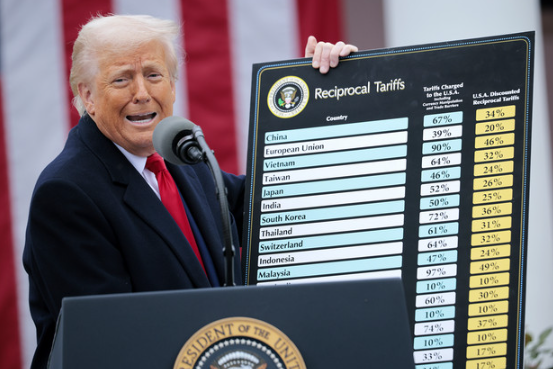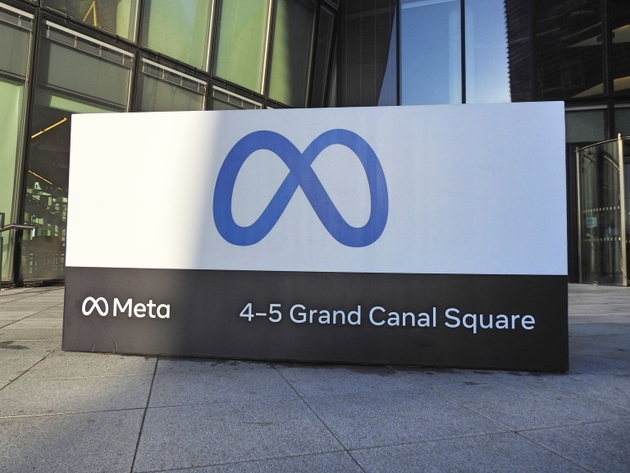The insurers had met during a Life Insurance Council meeting earlier this week.
A higher surrender value on nonpar policies, which guarantee survival or maturity benefit without depending on insurers’ profit, could lead to an increase in more people giving up on policies prematurely, according to the insurers. This could result in a decline in persistence levels — or the proportion of policyholders who opt to pay premiums regularly — for the life insurance sector, according to them. Long-term products are those with a premium paying term of over 10 years.
The Insurance Regulatory and Development Authority of India (IRDAI) had last week issued a draft paper recommending an increase in the surrender value for policyholders.
“While a higher surrender value is expected, we have expressed our concern about a rise in surrender leading to lower persistency,” said a senior insurance executive.
IRDAI has proposed changes to how surrender charges are calculated on non-participating, traditional insurance plans. It suggests that such charges should apply up to a threshold of the premium paid each year. Any amount beyond this limit should be paid to the customer as surrender value. For example for someone with a Rs 1 lakh annual premium for the first three years and a Rs 25,000 yearly limit, the surrender charges will only apply to Rs 75,000 (Rs 25,000×3). Any premiums beyond the threshold would be refunded to the customer, potentially boosting guaranteed surrender values. Currently, surrender values are determined based on a percentage of the premium, increasing with the number of premiums paid each year.
In a short-term policy, such as a five-year plan, anyone surrendering it in the third year has paid most of the premium and is closer to maturity, so the industry is fine with a higher surrender value.
However, in a long-term policy surrendering early, say in the third year of a 10 or 15-year plan, maturity is still some time away. To be sure, the IRDAI paper doesn’t differentiate between shortterm and long-term policies on higher surrender values.
Non-participating traditional products are highly profitable for insurers due to wider margins.
For example, state-owned Life Insurance Corp of India (LIC) expanded the share of such products to 10.7% in September from 7.12% in March 2021. It wants to increase the share of non-par in the annualised premium equivalent to 15% as it offers higher margins.







































